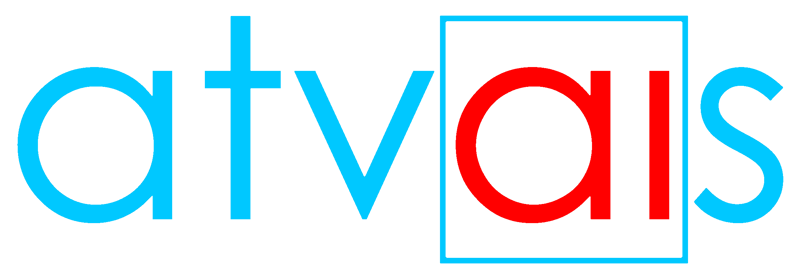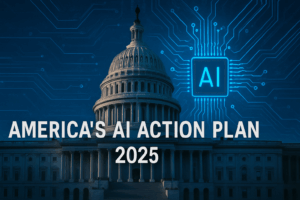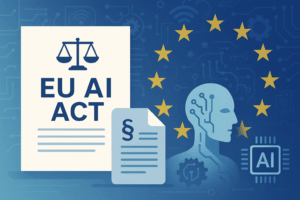AI governance relies on the coordinated efforts of developers, deployers, and users. Each plays a critical role throughout the AI system lifecycle, ensuring that technologies operate ethically, transparently, and with accountability.
Understanding and integrating these AI governance roles is essential for building trust in artificial intelligence systems. Developers craft the systems, deployers manage their implementation and performance, and users provide feedback and insight. Together, they form the backbone of responsible AI practices.
Role of Developers in Ethical AI Governance
Developers are foundational to AI governance, embedding ethical considerations directly into system design.
Embedding Ethics into AI Design
By prioritizing transparency and accountability, developers lay the groundwork for responsible AI. For instance, when designing predictive policing tools, developers must include mechanisms that explain outputs to avoid discrimination. This requires identifying risks early using tools such as adversarial testing and scenario modeling, while also focusing on bias in machine learning.
Rigorous testing helps ensure that systems like diagnostic AI tools do not favor certain demographics—aligning their outputs with ethical standards and societal values.
Navigating Complex Challenges
AI development often involves managing opaque systems, especially those based on deep learning. These “black-box” models challenge efforts to make decision-making interpretable. Developers must address this using explainable AI tools to provide stakeholders with insight into how conclusions are reached.
They must also confront the transparency paradox in AI governance, where revealing too much can introduce risks of manipulation or misunderstanding.
Best Practices for Responsible Development
Adhering to international AI ethics frameworks, such as those from IEEE, helps developers maintain consistent ethical standards. These frameworks emphasize fairness, inclusivity, and clarity in design processes.
Documenting design decisions, data sources, and testing outcomes is critical. These records support audits and compliance reviews while helping to maintain long-term system integrity.
Role of Deployers in AI Implementation
Deployers connect development to real-world application. Their role includes integration, legal compliance, and post-launch oversight.
Ensuring Safe and Compliant Deployment
Deployers perform impact assessments before systems go live. For example, an AI hiring tool must be evaluated to ensure it doesn’t disproportionately exclude specific demographics. Legal compliance is another top concern, especially around user privacy. All systems must follow GDPR compliance for AI and similar data protection regulations.
These responsibilities help organizations build systems that are not only effective but trustworthy.
Ongoing Monitoring and Updates
Once deployed, AI tools must be continually monitored. Deployers use tracking systems to detect anomalies and perform regular audits. For instance, AI credit scoring must be reviewed frequently to ensure new biases don’t emerge over time.
When needed, deployers update models with new data to keep systems aligned with ethical goals and shifting operational needs.
Overcoming Real-World Challenges
Deployers must be prepared for unintended consequences, such as recommendation engines reinforcing user biases. They also play a role in training frontline users. Offering structured AI user training programs ensures that staff understand how to use AI tools responsibly and within ethical boundaries.
Role of Users in Responsible AI Interaction
Users are the final—and critical—link in the governance chain. Their understanding and interaction with AI systems are crucial for success.
Understanding Limitations and Risks
AI systems don’t offer certainty; they offer probabilities. It’s vital that users understand this distinction. A business analyst using an AI forecasting tool should treat predictions as guidance—not guaranteed outcomes.
By remaining cautious, users can spot issues arising from systemic biases or design flaws.
Promoting Responsible Use
Users must apply ethical judgment when interacting with AI. For example, healthcare providers using diagnostic AI should verify its output against their own expertise before making decisions.
When users detect issues—like odd outputs or biased suggestions—they must report them. This feedback helps ensure long-term accountability and system quality.
Feedback as a Tool for System Improvement
Users often notice problems that developers and deployers miss. For example, an educator might see an AI grading tool consistently under-marking certain student groups. This insight is essential for realignment.
Involving users in usability sessions or workshops also encourages collective responsibility. For more guidance, visit our article on Responsible AI Governance: Path to a Sustainable Future.
Collaboration: The Key to Effective AI Governance
No role exists in isolation. Developers, deployers, and users must communicate effectively to ensure AI systems are aligned with ethical and operational goals.
For instance, a financial services AI project might start with developers creating fraud detection logic, followed by deployers integrating it into the bank’s workflow. Then, users would report anomalies, helping the team improve accuracy and reduce false positives.
This dynamic cooperation is the engine behind successful AI governance frameworks.
Conclusion
AI governance depends on the collaborative interplay between developers, deployers, and users. When each role upholds its responsibilities—from ethical system design to compliant deployment and informed usage—organizations can create robust, trustworthy AI systems.
In a rapidly evolving landscape, such collaboration ensures accountability, fairness, and adaptability. For those pursuing certification and deeper expertise, the AIGP Exam Prep Suite (2025 Edition) is a comprehensive resource covering every aspect of responsible AI lifecycle management.






